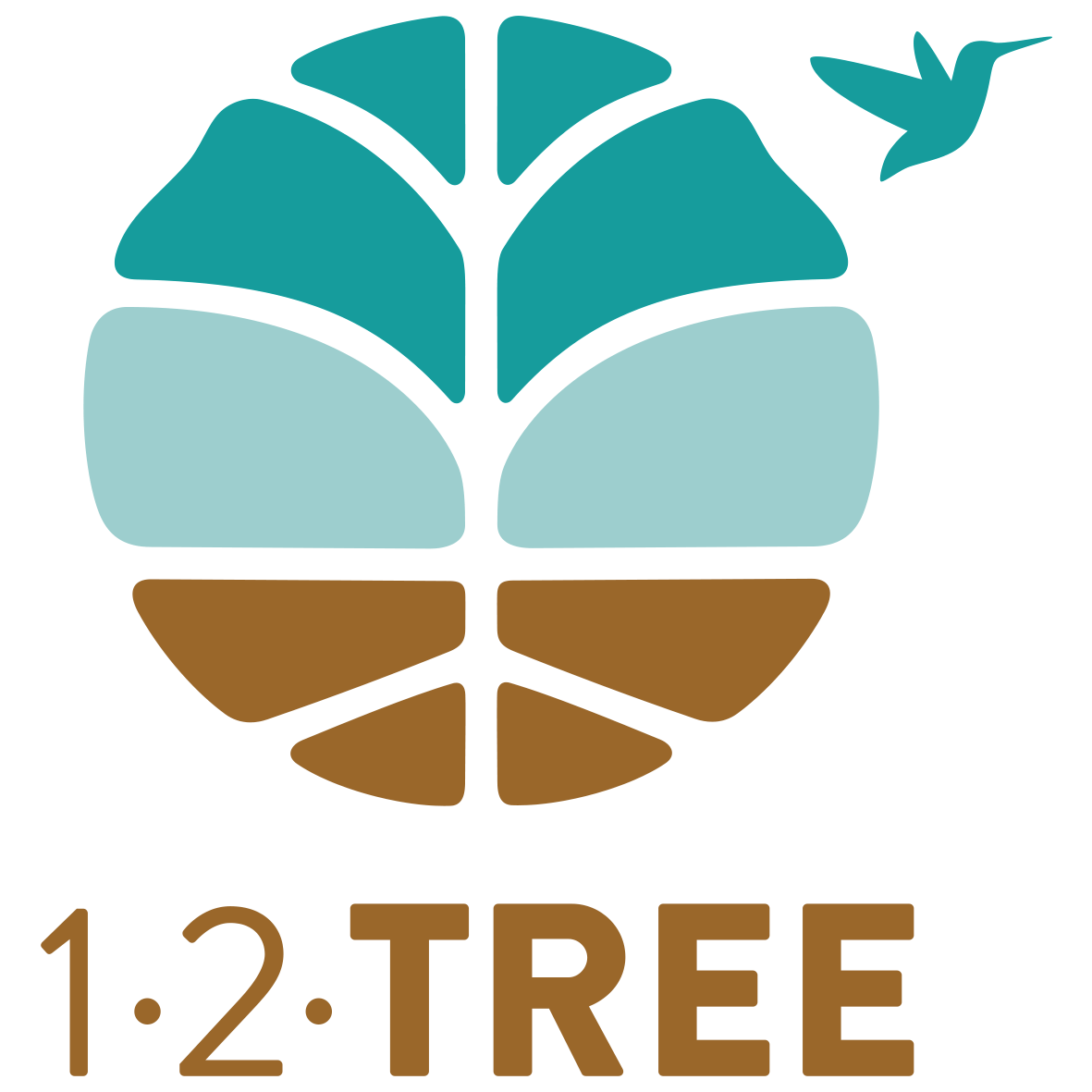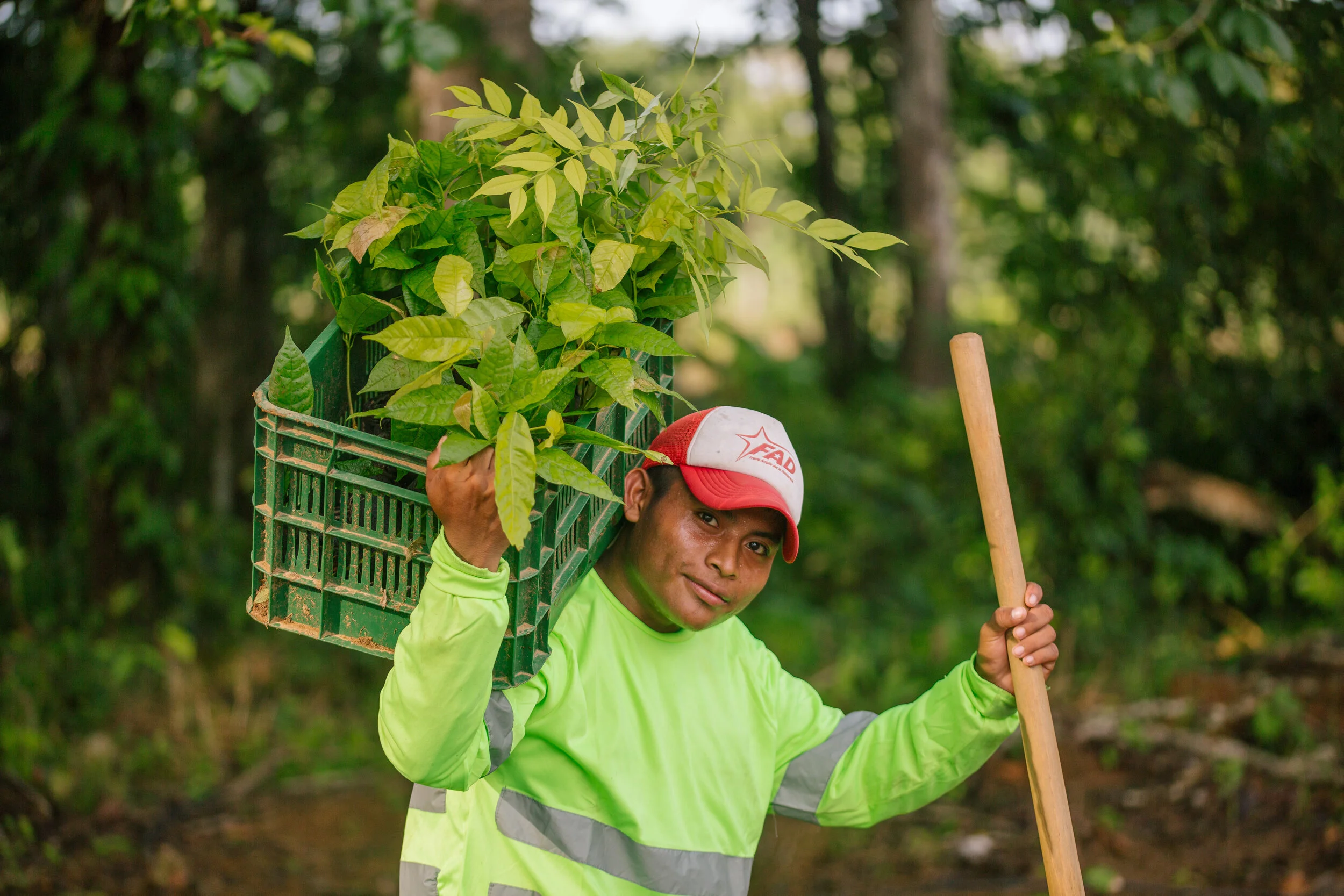We believe the success of our fund is measured both in financial results and the numerous impacts of managing the land regeneratively, such as increasing the carbon storage capacity of soils and establishing new populations of native pollinators.
OUR IMPACT AREAS
Soil
Conserving and restoring soils on our farms makes sense both for business and the environment. From an environmental perspective, good soil management can prevent air and water pollution, and sequester atmospheric carbon. From a business perspective, healthier soils lead to healthier crops, higher yields, and lower costs, typically resulting in increased profits.
Carbon and Climate
Restoring carbon into the soil and perennial vegetation, where it belongs, and removing it from the atmosphere, where it is causing havoc, is one of the few win-win solutions for climate change. At the farm level, our projects are employing carbon farming-a suite of perennial crops and practices such as agroforestry-to increase soil carbon levels, benefiting yields directly through the enhancement in ecosystem services such as nutrient cycling, water infiltration and pest control.
Simultaneously, enhanced ecosystem services allow us to achieve a reduction in carbon emissions by minimizing the use of agrochemicals on our fields, whilst planting perennial crops reduces the amount of carbon-releasing tillage events in our fields.
Biodiversity
WE VALUE NATURE
Biodiversity provides key ecosystem services that allows to intensify production sustainably. Our projects regenerative system promotes biodiversity at three levels:
1. Diversity of soil fauna. Healthy soils are alive with a diversity of soil organisms, a living ecosystem that supports and sustains plant life. By contrast, soils in regenerative systems develop a complex soil fauna with fungal, protozoan and macro-organism populations, such as beetles, spiders, and earthworms. This complex soil food web creates soil organic matter that promotes beneficial functions, including high water holding capacity, high rates of water infiltration, good aggregate stability, and low bulk density.
2. Diversity of crops and livestock. This refers to collection of plants and animals that are chosen to be part of the managed system. At the field level, our projects seek to avoid monocultures. At a landscape level, our projects aim for a mosaic of crops. These practices tend to decrease the risk of pest and disease pressure and promote population stability of diverse native species.
3. Diversity of plant and animal species. The conservation of the highest levels of biodiversity is achieved by maintaining a mosaic of different habitats, including forest slopes, river channels, wetlands and reservoirs within the farm boundaries. These systems represent, not only habitat for biodiversity, but also a high-quality matrix that permits the movement of wild organisms among patches of natural vegetation. Farms with adjacent natural habitats tend to have lower pest pressures and better pollination rates. Overall, we seek to integrate and promote biodiversity within and surrounding our farms by protecting and, in some cases, creating natural habitats.
Water
By planting perennial agroforestry systems, avoiding or minimizing agrochemical use we set up our farming systems to have higher water retention and infiltration rates, which in turn decrease the amount of rain or irrigation water required as compared to conventionally managed soils. Lower irrigation requirements reduce the need to pump water out of rivers and aquifers, both lowering operational costs and leaving more for others.
Social
WE VALUE PEOPLE
A regenerative system includes the social welfare of the human actors within it and on the broader landscape-farmers, farm workers, and their families. Providing safe and healthy environments to work ensures our workers are healthy and more productive. Workers that are treated and compensated fairly can afford better housing, food, health insurance, and education for their children, raising living standards and making farming an attractive job alternative for rural people. Our projects were designed to yield positive externalities, surrounding communities can drink clean water and benefit from the ecosystem services derived from the natural habitats in our farms.
impact results
1,700 jobs created and secured
- Increased household income
- Access to health insurance
- Educational programs
20,000 hectares sustainable use
- Soil improvement
- Reforestation
- Increased ecosystem resilience
4,000 hectares conservation area
- Biodiversity protection
- Protection of water catchment areas
- Wildlife habitats
2.5 million tons of carbon sequestered
- Climate action
- Reduced greenhouse gas emissions
- Every farm on average has more than 1 milion trees!
*over 20-year project timeline
OUR SDG COMMITMENTS
100% Social insurance and access to healthcare for all field workers
Access to education and training to all our workers
No salary gap between men and women for each employee category
Water will be used sustainably, harvested and recycled wherever possible
Pay wages that allow decent living conditions for all our workers
100% of the production certified
Increase carbon sequestration by boosting biomass production and organic carbon in the soil
Increase the conservation value of all our investments by restoring soil and creating biodiverse agroecosystems



















